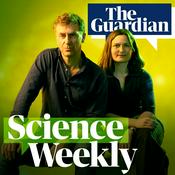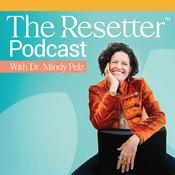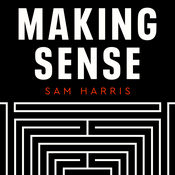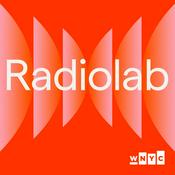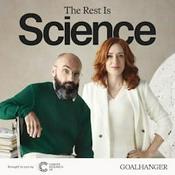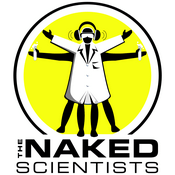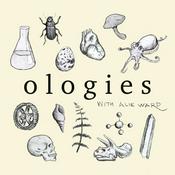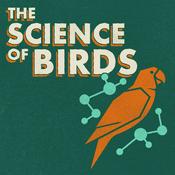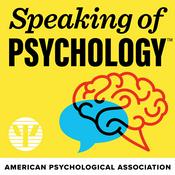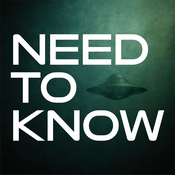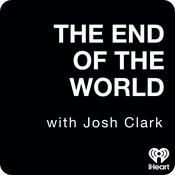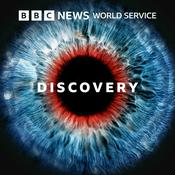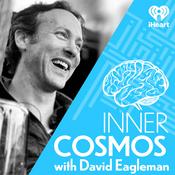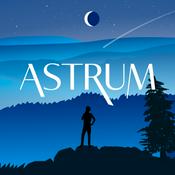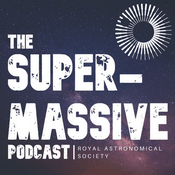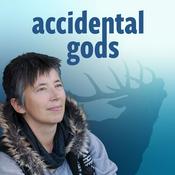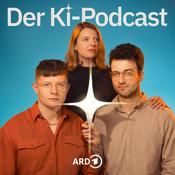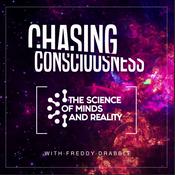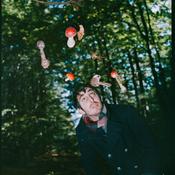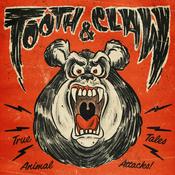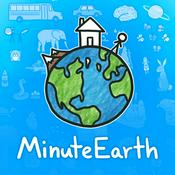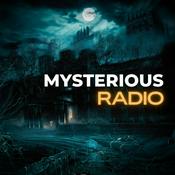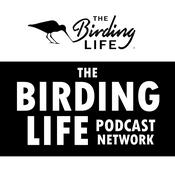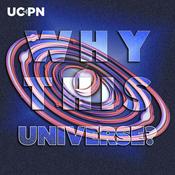56 episodes

The Seven Wonders of Exoplanets
2023/12/27 | 4 mins.
The Seven Wonders of Exoplanets

The Seven Wonders of Planetary Defense
2023/12/27 | 9 mins.
The Seven Wonders of Planetary Defense

The Seven Wonders of Exoplanets Ep7 How far is the closest exoplanet to us
2023/12/25 | 0 mins.
Il più vicino è un esopianeta che orbita intorno alla stella Proxima Centauri. La luce, che è la cosa più veloce nell’universo, impiega 4 anni ad arrivare a Proxima Centari. I nostri razzi viaggiano molto più lentamente della luce e quindi, con la tecnologia di oggi, impiegheremmo 135,000 ad arrivare a Proxima Centauri. Abbiamo bisogno di razzi più veloci! The closest is an exoplanet orbiting the star Proxima Centauri. Light, which is the fastest thing in the universe, takes 4 years to reach Proxima Centauri. Our rockets travel much slower than light and therefore, with today's technology, it would take us 135,000 to get to Proxima Centauri! We need faster rockets!

The Seven Wonders Patrick Ep7 Planetary Defense Research
2023/12/25 | 1 mins.
Le risque d’impact d’astéroïde est en fait un sujet fascinant. Pas tellement angoissant, puisque pour l’instant nous n’avons aucune menace, mais fascinant, parce qu’il porte sur des objets qui sont absolument excitants pour les scientifiques : ils évoluent dans un environnement qui est très différent de celui de la Terre et qui défie encore notre intuition. On l’a vu avec les missions récentes, la façon dont ils répondent aux actions externes qu’on leur fait subir, que ce soit un impact, que ce soit pour récolter un échantillon, est complètement contre intuitive. On est encore en train d’apprendre à interagir avec eux pour non seulement faire de la science, mais aussi s’en protéger. C’est plein de défis technologiques et scientifiques qui évidemment pour les scientifiques sont des sources d’excitation extraordinaires. The risk of an asteroid's impact is actually a fascinating subject. Not that much frightening, as for now we have not detected any threat, but fascinating, as it concerns celestial bodies, which are very exciting for scientists. Asteroids evolve in an environment completely different from the Earth's, which still defies our intuition. We saw on recent missions that the way they react to external actions that are applied to them, for instance, an impact or a sample collection, is entirely counter-intuitive. We are still in the process of learning how to interact with them, not only to do science but also to protect ourselves from them. This represents a lot of technological and scientific challenges that are extraordinarily exciting for scientists.

The Seven Wonders Patrick Ep6 Planetary Defense Communication
2023/12/25 | 1 mins.
Comme tous les sujets qui portent sur une menace, la communication est extrêmement importante. On peut dire très vite n’importe quoi et il faut faire attention à ce que le public comprenne ce que l’on dit et puisse comprendre si la menace est réelle ou pas. Tout ça n’est pas facile, donc nous nous entrainons à communiquer avec le public cette notion de risque d’impact d’astéroïde et à être transparent, puisqu’on a besoin des amateurs pour suivre les objets dont les premiers calculs nous donnent une probabilité d’impact élevée. C’est très important de pouvoir en même temps expliquer qu’on a trouvé un objet qui semble dangereux, mais pour autant qui ne l’est pas encore tant qu’on n’a pas vérifié que sa trajectoire croise la Terre. C’est assez complexe, on a vu avec la pandémie [du COVID 19] que les scientifiques se contredisent et le public ne comprend plus rien. C’est ce qu’on cherche à éviter, on cherche à pouvoir communiquer un message cohérent et compréhensible, pour que les gens ne paniquent pas pour n’importe quoi. Similarly to any topic relative to a threat, communication is key. Not only can people say anything, but it is also essential to ensure that the public understands what is said and whether or not the threat is real. This is not easy, so we train ourselves to communicate with the public about the asteroid impact threat itself. We also train ourselves on transparency, as we count on amateur astronomers to follow celestial bodies for which the impact risk would be high according to our preliminary computations. It is imperative that we can explain if we have found an object that is a possible threat but is not yet until we have checked that its trajectory collides with the Earth's. All of this is pretty complex: the COVID-19 pandemic showed that the public is lost when scientists contradict each other. We want to avoid such a situation. Instead, we want to communicate a coherent and understandable message to prevent people from panicking for nothing.
More Science podcasts
Trending Science podcasts
About JAXA Space Education Center Podcast
Listen to JAXA Space Education Center Podcast, Science Weekly and many other podcasts from around the world with the radio.net app

Get the free radio.net app
- Stations and podcasts to bookmark
- Stream via Wi-Fi or Bluetooth
- Supports Carplay & Android Auto
- Many other app features
Get the free radio.net app
- Stations and podcasts to bookmark
- Stream via Wi-Fi or Bluetooth
- Supports Carplay & Android Auto
- Many other app features


JAXA Space Education Center Podcast
download the app,
start listening.
